I am trying to change configration settings of E70 LoRa module. It works with AT commands. Everything is working normally, but I can't read all incoming data; after the "09:25:01.008 -> TFOCFG Out" line the ESP32 stops reading.
As you can see in the datasheet (below image) there are some lines also. On the other hand, when I use an Arduino Nano instead of the ESP32, it reads distorted and the characters become strange symbols. How can I read properly?
#include <HardwareSerial.h>
#define M0 32 // 3in1 PCB mizde pin 7
#define M1 33 // 3in1 PCB mizde pin 6
#define RX 27 // Lora nın 3. pini RX in ESP 32 de hangi pine bağlı olduğu
#define TX 35 // Lora nın 4. pini TX in ESP 32 de hangi pine bağlı olduğu
HardwareSerial fixajSerial(1);
void setup() {
Serial.begin(115200);
fixajSerial.begin(115200, SERIAL_8N1, TX, RX);
pinMode(M0, OUTPUT);
pinMode(M1, OUTPUT);
digitalWrite(M0, 1); // E70 config mode
digitalWrite(M1, 1);
pinMode(14, OUTPUT);
Serial.print("start");
fixajSerial.print("++");
delay(100);
fixajSerial.print("+++");
delay(100);
fixajSerial.print("AT+HELP\n");
}
void loop() {
if (Serial.available()) {
fixajSerial.write(Serial.read());
}
if (fixajSerial.available()) {
Serial.write(fixajSerial.read());
}
}
Output:
09:25:00.792 -> startEnter AT Mode
09:25:00.962 -> AT+HELP
09:25:00.962 -> ATCommand HELP
09:25:00.962 -> CLINFO This Is Clean Node Net Info
09:25:01.008 -> DINFO This Is device Infomation Code
09:25:01.008 -> WMCFG Device Work Mode Config
09:25:01.008 -> FHCFG FH Config
09:25:01.008 -> TFOCFG Out
